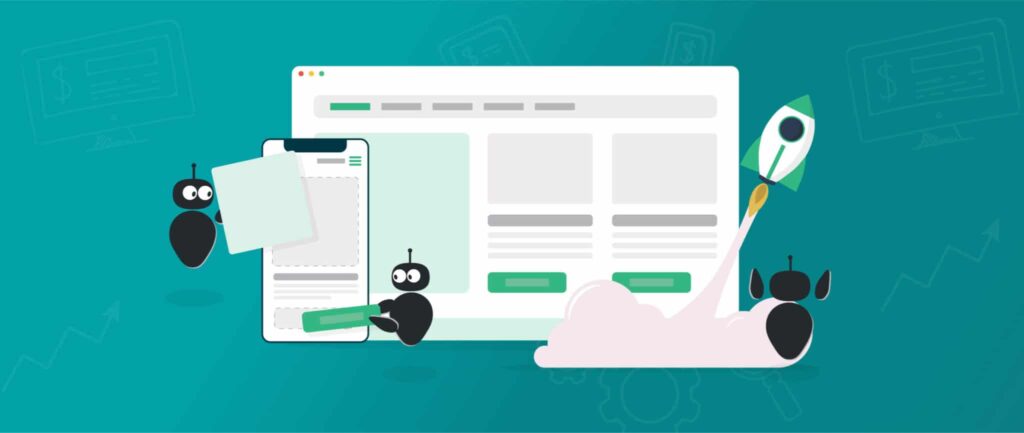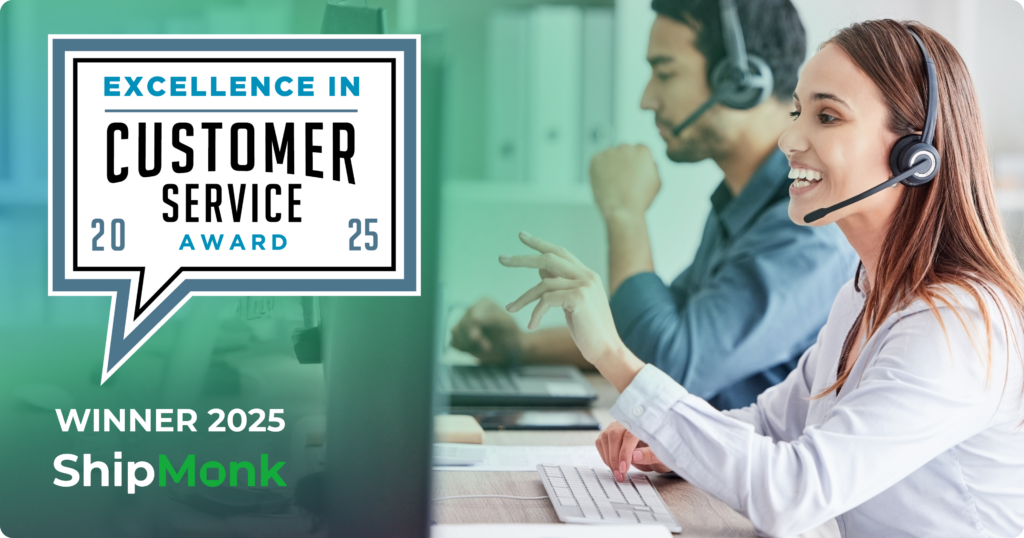You’ve spent time building your online store, perfecting your products, and launching marketing campaigns. Now it’s time to reap the rewards. But, there’s one problem — when it’s time to click “Buy,” your shoppers are more of the window variety. If your store has plenty of traffic but not enough sales, it may have something to do with where you’re sending that traffic to.
Targeted product pages save the day by allowing you to shine a spotlight on your latest and greatest products, making the conversion of iffy window shoppers into determined buyers that much easier.
Of course, it’s all about strategy here, which is why we’re giving you the play-by-play on how to create a product page that truly shines. Read on for the glitz and glamour!
What Makes a Good Product Page?
A Clear Focus
Time and time again, an awesome product campaign can be lost in a page that’s either too bare or too cluttered. To combat this, keep your product page focused on only one product or line of products — don’t try to sell everything all at once.
Great Design
Yes, looks aren’t everything… but they’re a big part of how customers navigate and perceive your website. This is especially true for product pages, which can often be the very first time prospective customers come across your store.
Generally, when it comes to design, you want to keep it:
- Simple
- Visually appealing
- Engaging
Make use of headers, subheaders, graphics, images, and whatever else you have at your disposal to create something that, above all, is memorable to your viewers. Just don’t go crazy with the flashing GIFs and neon backgrounds.
Social Proof
Social proof describes the psychological phenomenon of determining the correct behavior in any given situation by mimicking the actions of those around us. In the world of eCommerce, it’s often used as a way of persuading customers into finalizing their purchase.
If you’re not sure where to start, here are some great ways to incorporate social proof into your product page:
- Celebrity or influencer endorsements
- Expert testimonials
- Press features of your product(s)
- User ratings and reviews
What makes social proof so powerful is that, aside from boosting conversions, it alleviates any potential concerns from your customer while also adding a sense of trust and credibility to your brand. The (social) proof is in the pudding!
Strong Calls to Action
Now that you’ve got your message down, it’s time to take it to the next step. A product page worth its salt will always have at least one impactful call to action (a.k.a. CTA) — something that triggers an immediate response (i.e. purchase) from your site visitors. More often than not, it’ll have several.
Think about product page CTAs like this: You want to make it as easy as humanly possible for customers to click that “Buy” button. If the what, why, and how of purchasing your product(s) isn’t immediately understood (and acted upon!), expect conversion rates to plummet. Plus, with so many people strapped for time, the accessibility of an online business relies heavily on effortless navigation. Speaking of…
Mobile Responsiveness
Did you know that, as of 2019, mobile shopping has a 67% share of eCommerce sales? In fact, there’s a pretty good chance you’re on your phone right now! Love it or hate it, smartphones have become an indispensable tool in our modern society. Nowadays, catering to the mobile crowd is the same as catering to the average customer.
Luckily, most sales channels are one step ahead. Whether you’re using a shopping cart, marketplace, or both, many websites have built-in tools for stress-free mobile optimization. And if they don’t… well, you can do better! 😉
The end game here is, of course, conversion. Don’t forget to track your Key Performance Indicators, or KPIs, to see how far (or close!) you are from reaching your goals. Also, be sure to check out “Simple Steps to Improve eCommerce Conversion Rates,” where we get a little more in-depth on all things conversion.
Taking the time to create and optimize a product page can be challenging at first, but it’ll have huge payoffs when your leads start to become customers. When buyers clearly understand what you’re trying to sell and how they can benefit from it, you’ll see those previously murky waters turning into smooth sailing.





